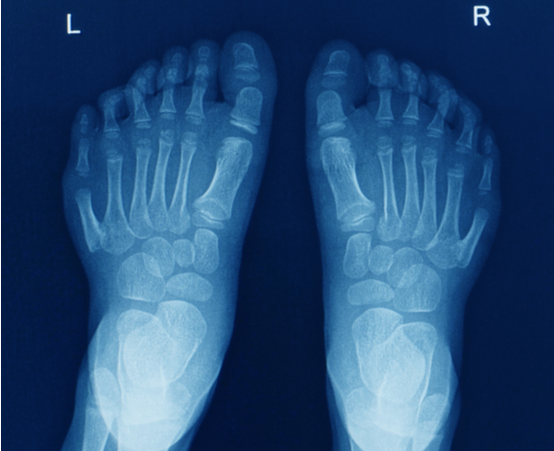Juvenile arthritis

Juvenile idiopathic arthritis (JIA) is a disease featuring persistent arthritis (painful swelling of the joints) that starts before 16 years of age.
JIA is an autoimmune rheumatic disease. Rheumatic diseases affect the joints and other body tissues. In autoimmune diseases, the body’s immune system mistakes a normal part of the body for something foreign and starts attacking the body.
In JIA, the immune system attacks the joints and sometimes other body tissues. Usually, only a few joints are affected, but some children can also encounter inflammation problems with their eyes, skin and muscles.
JIA can cause persistent joint pain and swelling (inflammation), stiffness (especially in the mornings), difficulty moving and sometimes fevers and rash.
Many children grow out of the disease, but for some, it can result in permanent joint damage and disability.
The precise cause is unknown, but it is likely a combination of genes and environmental factors.

Who does it affect?
Who does it affect?
- JIA is the most common long-term rheumatic disease of childhood.
- At least 6,000 Australian children have juvenile idiopathic arthritis.
- It affects up to four in every 1,000 Australian children aged six months to 16 years.
- JIA is more common in girls. It most commonly occurs in preschool-age children or teenagers.
Our JIA research
Our JIA research
We established a study to investigate children’s early life environments and genes. The ANZ-CLARITY childhood arthritis risk factor identification study is open to families across Australia. The research aims to identify why JIA occurs and improve knowledge on how to diagnose, treat and prevent the disease.
As part of the study, Murdoch Children's Research Institute and The Royal Children’s Hospital established a Victorian JIA biobank. Looking at the genes and early environment of children with and without arthritis may reveal factors that make some children more likely to develop JIA and help identify causes. The biobank is one of the largest arthritis biobanks in the world and collects samples of blood, DNA, saliva and synovial fluid from joints.
We are working to design the first test to diagnose JIA. There is no diagnostic test and finding the best treatment is often trial and error. With local and international collaborators, we are trying to use genetic data from the biobank to design the test. Once created, it would be trialled in clinical settings nationwide and should translate to better care for children with arthritis.
We are investigating if children with JIA have an increased risk of heart disease.
Impacts of our research

Impacts of our research
- We used the JIA biobank to contribute to a landmark study that identified key genes associated with the development of 10 autoimmune diseases of childhood including diabetes, coeliac disease, lupus, Crohn's disease and psoriasis. This opens the possibility of ‘drug repurposing’ where treatments for one disease are used in others. We found JIA most resembled the common variable immunodeficiency disease, a condition that compromises the ability to fight infections. This link had not been made before.
- We found the risk of juvenile arthritis in a child with no siblings is twice as high as a child with siblings. This suggests that increased exposure to germs and infections in childhood may protect against the development of juvenile arthritis.
- Via international collaborations we identified a new gene for JIA. Preliminary data from this research suggest vitamin D levels combined with certain genes may increase the risk of developing JIA.
- We helped establish the Australian Arthritis and Autoimmune Biobank Collaborative to collect data and samples from children and adults, hoping to cure arthritis and other autoimmune diseases.
- We hope our ANZ-CLARITY study and biobank will lead to improved care, new treatments and ideas for prevention, plus identify causes and find a cure.
Our vision
Our vision
Our hope is that our research will pave the way towards better treatments that address the root cause of the disease. We can then do a better job at limiting long-term damage. Prevention and cure are also major goals.
Where to next?
Where to next?
The ANZ-CLARITY biobank is now joining with the national Australian Arthritis and Autoimmune Biobank Collaborative to collect data and samples from children and adults, hoping to cure arthritis and other autoimmune diseases. We are working with over 50 researchers around Australia and internationally to collaborate on research to reduce the burden of JIA through better biomarkers, use of machine learning and target use of medications.



